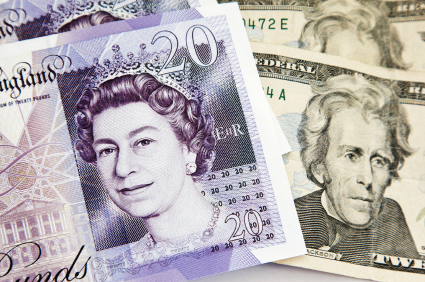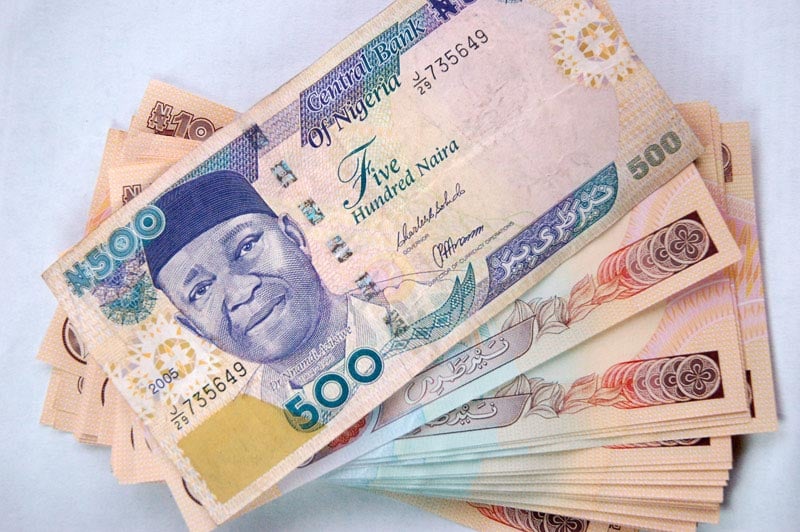Although the GBPUSD managed to advance two days ago on a slightly improved UK GDP revision, gains were short-lived and the pair has since dropped by nearly 200 pips to a two-week low at 1.5588. BoE Governor Carney managed to weaken investor sentiment towards the Pound by announcing that the UK economy is exposed to pressures over the Greece situation.
While the BoE Governor did state that the direct exposure is “minimal”, his comments confirmed that the UK economy can be impacted by Greece and this encouraged selling in the GBPUSD.
When taking into account the GBPUSD rally throughout the end of last month, I feel that one of the major drivers behind the advance was USD weakness. It is only natural that the pair will be vulnerable to downside pressures as the USD picks up momentum, however any negative comments about the UK economy will also inspire declines. I personally see any rallies in the GBPUSD as attractive selling opportunities and considering that the Federal Reserve will be raising US interest rates over the next couple of months, this is further strengthening my view that the GBPUSD is vulnerable to downside pressures.
Speaking of interest rates, it is highly unrealistic to expect the Bank of England (BoE) to begin raising UK interest rates any time soon and I personally do not think that they will raise rates until the second half of 2016. Due to the attractive UK economic outlook, we continually talk about the need to begin moving UK rates but what many do not understand is that the UK inflation prospects remain extremely weak. This eliminates interest rate expectations when you also consider that the BoE is arguably the strictest central bank when it comes to accessing inflation expectations.
Advertisement
Additionally, if Carney can talk down the Pound by stating the UK’s financial stability has worsened due to the Greece crisis, we should also take into account what the views of the BoE would be if an EU referendum were to be announced. While the chances of a Brexit in the future are slim, an announced referendum would result in further hesitation from the BoE to begin raising interest rates. All in all, gains are in the GBPUSD are capped and in many ways limited to USD weakness until clarity is received over when the BoE can realistically begin tightening policy
WTI Oil
WTI Oil has fallen to a two and a half month low at $56.68 and if these downside pressures continue, the commodity is looking like it is going to return to the low $50’s. Investor sentiment is continually plagued by the oversupply concerns, and this is going to remain a dominant theme when it comes to discussing the oil markets for at least the remainder of the current year. Oversupply concerns intensified again yesterday, when the previous comments from the Energy Information Administration (EIA) that US inventories are still rising were validated by a surprise increase in inventories for the first time in nine weeks.
Advertisement
Gold
In spite of the continual uncertainty over the situation in Greece and subsequent increased market volatility, there remains no signs of increased appetite for Gold. You would normally expect improved demand for safe-haven assets in events such as the Greece crisis, but this has not occurred and suggests that there is a high amount of hesitation from investors to even consider purchasing Gold as we approach the timing of a US interest rate rise. With US economic data continuing to improve, the weak outlook for Gold is being confirmed as the US data provides assurances that the Federal Reserve will be raising US interest rates.
Although Gold has already declined by $20 this week, I still think there is room for further downside potential with this being even more the case if Thursday’s US NFP data impresses. Job creation is the star performer of the US economy and if today’s NFP provides further confirmation to traders that we should expect a US interest rate increase in the next few months, we are likely to encounter a rally for the USD which would in turn inspire further declines in Gold.
Silver
Advertisement
Gold is not the only metal to have suffered this week, with Silver also experiencing heavy pressures. Silver declined to a three-month low at $15.42 just a day ago but in comparison to Gold, I don’t think that the downside movement in Silver is due to the improved US economic data. I personally do not think the correlation between improved USD demand and consequent losses in the Silver market are as strong as what we are experiencing with Gold, and what might be causing the declines in Silver is continued uncertainty over the health of the global economy. While the US economic outlook is strong, we have received two global economic downgrades over the past month. On top of this, declining economic momentum in China is continuing to be highlighted and is causing concern while the recent data from Europe has also suggested momentum might be sluggish.
Follow Jameel on Twitter @Jameel_FXTM
For more information please visit: Forex Time
Advertisement
Add a comment







